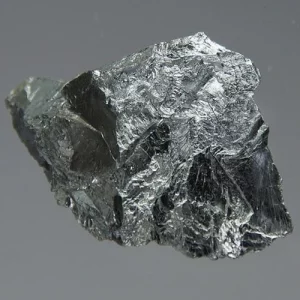
Occurrence, uses, and properties
Chromium is a relatively abundant element in Earth’s crust; the free metal is never found in nature. Most ores consist of the mineral chromite, the ideal formula of which is FeCr2O4. It is widely dispersed in natural deposits, which are usually contaminated with oxygen, magnesium, aluminum, and silica; their chromium content varies from 42 to 56 percent. One of the chief uses of chromium is in ferrous alloys, for which the pure metal is not required. Accordingly, chromite is often reduced with carbon in a furnace, producing the alloy ferrochromium, which contains iron and chromium in an atom ratio of approximately 1 to 2.
To obtain pure chromium, chromite is first treated with molten alkali and oxygen, converting all of the chromium to the alkali chromate, and the latter is dissolved in water and eventually precipitated as sodium dichromate, Na2Cr2O7. The dichromate is then reduced with carbon to chromium sesquioxide, Cr2O3, and that oxide in turn is reduced with aluminum to give the chromium metal.
Chromium is added to iron and nickel in the form of ferrochromium to produce alloys specially characterized by their high resistance to corrosion and oxidation. Used in small amounts, chromium hardens steel. Stainless steels are alloys of chromium and iron in which the chromium content varies from 10 to 26 percent. Chromium alloys are used to fabricate such products as oil tubing, automobile trim, and cutlery. Chromite is used as a refractory and as a raw material for the production of chromium chemicals.


